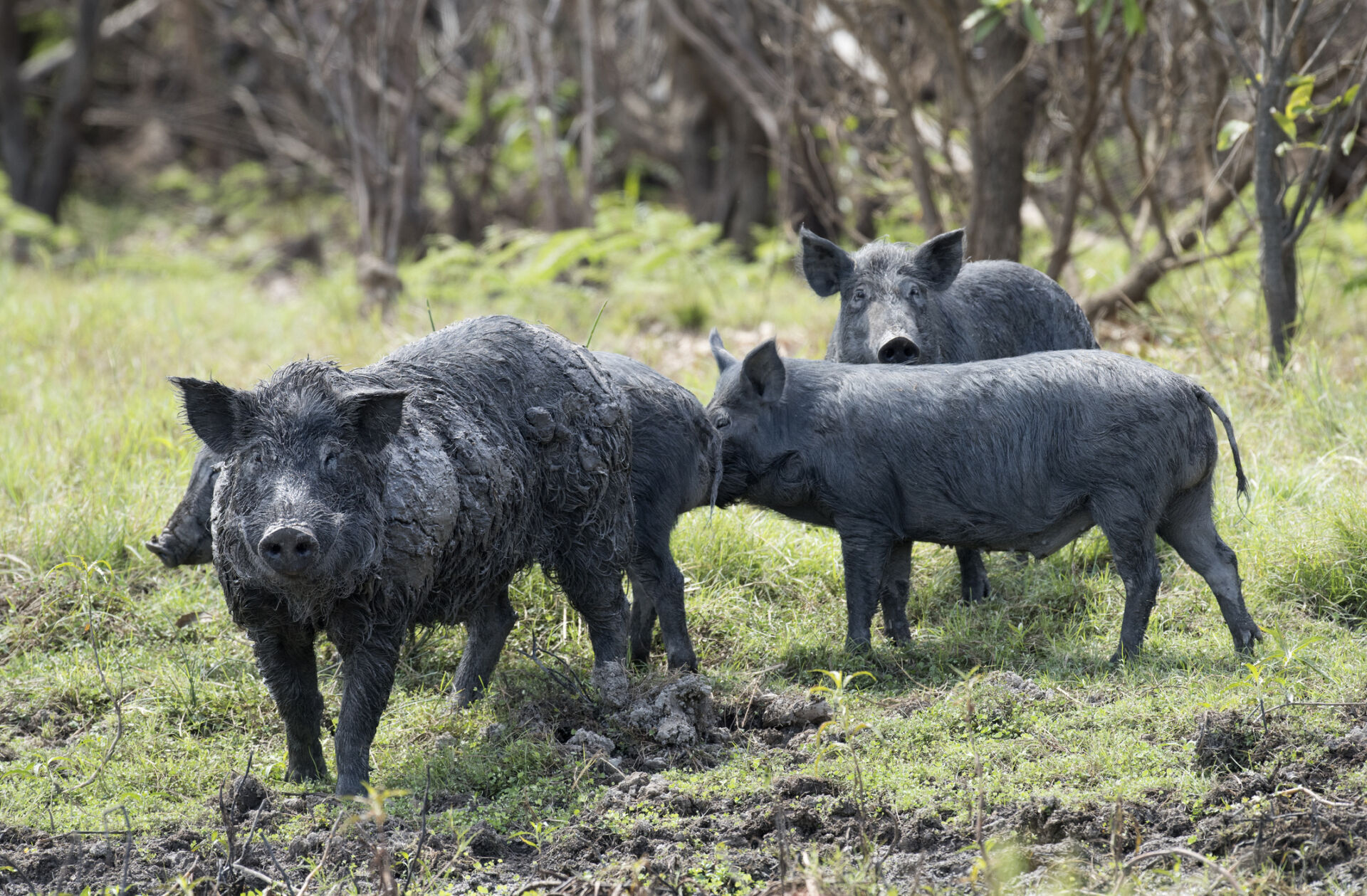Please choose a Metric:
Extent of land/freshwater/ocean area or stock affected by pests and diseases, caused by the reporting entity
Type
Units
Example target
Example methods / guidance / references
What are tiers?
Tier 1
Estimate using own judgement and observations
Tier 2
Estimate using third-party professional estimates or public data
Tier 3
Model or measure based on site-specific surveys/sampling, remote or in-field sensing, laboratory analysis, etc.
Example data sources
Internal records
Third-party data sources
Maps showing records of occurrences of pest and disease-associated species species across Australia are available at the Atlas of Living Australia.
Site-specific measurements or model outputs
Data on invasive alien species (including certain pests and diseases) pressures on biodiversity in New South Wales are available at CSIRO Data Access Portal – Assessing invasive alien species pressures on biodiversity in New South Wales (exposure dimension): Data packages for the Biodiversity Indicator Program, first assessment.
Notes
Pests and diseases can mean many different things, so reporting should clarify which specific pest species/diseases are covered, and what they principally affect (e.g. humans, livestock, crops, wildlife, etc.). Note that while diseases are often associated with specific microbes, viruses and fungi, they may also be caused by interactions with a wide variety of plants, animals and/or environmental conditions. Also note that the causal relationship between the reporting entity and the observed extent of a pest/disease may be complex and/or uncertain, and the basis for assessing the reporting entity’s causal contribution should be made clear. There may be overlaps between this category of impacts and other categories, such as weeds or animal welfare, which should also be made clear.
‘Affected by’ could be defined more specifically as the flow of ecosystem services depended on by the reporting entity are significantly reduced (remain above levels required to meet objectives), and/or management of this issue entails significant cost (above expectations).
Last updated: 30th September 2024
Type
Related framework / metric
TNFD: FA.A4.0
Units
Example target
Example methods / guidance / references
What are tiers?
Tier 1
Estimate using own judgement and observations
Tier 2
Estimate using third-party professional estimates or public data
Tier 3
Model or measure based on site-specific surveys/sampling, remote or in-field sensing, laboratory analysis, etc.
Example data sources
Internal records
Third-party data sources
Site-specific measurements or model outputs
Notes
Variants of this metric include:
TNFD Food and agriculture additional disclosure metric FA.A4.0: “Proportion (%) of animal production or animal protein sourced that receives 1) medically important antimicrobials and 2) not medically important antimicrobials, by animal type.”
Last updated: 2nd September 2025

